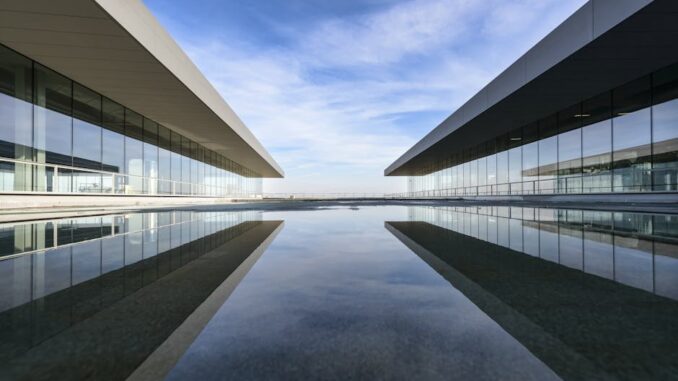
Decarbonising existing buildings is a pivotal step toward achieving the UK’s Net Zero targets. With a significant portion of the building stock already in place, retrofitting offers a practical solution to reduce carbon emissions and enhance energy efficiency.
Understanding Retrofit Regulations
In the UK, retrofitting existing buildings involves adhering to specific regulations designed to improve energy performance while preserving building integrity. The Energy Performance Certificate (EPC) system plays a central role in this process. An EPC assesses a building’s energy efficiency and provides recommendations for improvements. Properties with an EPC rating of ‘F’ or ‘G’ are considered substandard and may require mandatory upgrades under regulations like the Minimum Energy Efficiency Standards (MEES).
Key Strategies for Effective Retrofitting
- Enhance Insulation
Proper insulation is fundamental to reducing heat loss. Focus on areas such as roofs, walls, and floors. For instance, loft insulation can prevent up to 25% of heat loss. Cavity wall insulation is particularly effective in homes built between 1920 and 1990, as it can reduce wall heat loss by two-thirds. (businessclimatehub.uk)
Successful low-energy building design hinges on careful planning. Focus360 Energy can help.
- Upgrade Heating Systems
Replacing outdated boilers with modern, energy-efficient models can significantly lower energy consumption. Regular servicing ensures optimal performance. Implementing smart heating controls allows for better management of heating schedules, further enhancing efficiency. (labc.co.uk)
- Address Draughts and Air Leaks
Sealing gaps around doors, windows, and other openings prevents heat escape. Draught-proofing is a cost-effective measure that improves comfort and reduces energy bills. However, it’s essential to maintain adequate ventilation to prevent moisture buildup and ensure indoor air quality. (historicengland.org.uk)
- Upgrade Windows and Doors
Replacing single-glazed windows with double or triple glazing enhances insulation. Ensure that doors fit snugly and are properly sealed to prevent drafts. In conservation areas or listed buildings, consider heritage-friendly options that comply with regulations. (savills.co.uk)
- Incorporate Renewable Energy Sources
Installing solar panels or heat pumps can reduce reliance on fossil fuels. Recent guidelines from Historic England encourage the use of such technologies in historic buildings, provided they are sensitively integrated to preserve architectural features. (ft.com)
Navigating Regulatory Compliance
When retrofitting, it’s crucial to comply with building regulations and obtain necessary permissions. For listed buildings or those in conservation areas, additional consents may be required. Engaging with local authorities early in the planning process can help identify any restrictions and streamline approvals. Additionally, the Great British Insulation Scheme (GBIS) offers funding for insulation measures, making retrofitting more accessible. (en.wikipedia.org)
Conclusion
Decarbonising existing buildings through effective retrofitting is essential for the UK’s environmental goals. By enhancing insulation, upgrading heating systems, addressing draughts, and incorporating renewable energy sources, property owners can significantly improve energy efficiency. Staying informed about regulations and available support schemes ensures that retrofitting efforts are both effective and compliant.
References


The integration of renewable energy sources, particularly solar panels, offers exciting possibilities for reducing reliance on fossil fuels. How can we overcome the challenges of sensitively integrating these technologies into diverse architectural styles, especially in historic buildings, to maximize their potential?
That’s a great question! Sensitivity is definitely key, especially with historic buildings. Perhaps a focus on microgeneration technologies, like integrated solar tiles, could offer a less visually intrusive solution while still contributing to decarbonisation. It is a challenge to retain aesthetics!
Editor: FocusNews.Uk
Thank you to our Sponsor Focus 360 Energy
The EPC system is crucial, but how effectively do these assessments translate into tangible retrofit actions, particularly in properties with complex or non-standard constructions? Are there incentives or support systems to bridge the gap between assessment and implementation?
That’s a vital point! The effectiveness of EPCs in driving real-world retrofits, especially in unique properties, is definitely something to consider. Stronger incentives and support systems are key to bridging the gap between assessment and action. It is vital we move from assessment to action! How can we increase the uptake?
Editor: FocusNews.Uk
Thank you to our Sponsor Focus 360 Energy